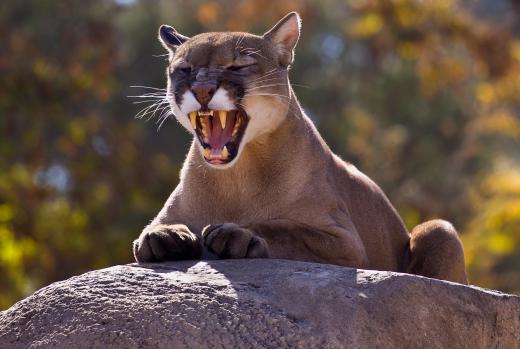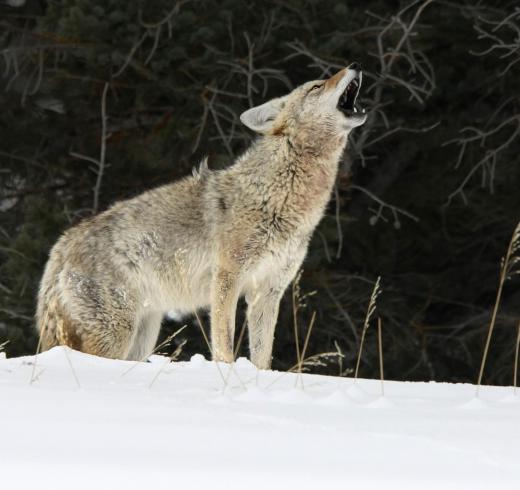What are the La Brea Tar Pits?
 Michael Anissimov
Michael Anissimov
The La Brea Tar Pits are a lagerstätte (German: place of storage, resting place), or extremely rich fossil bed, located in what is now downtown Los Angeles, California. La Brea means "the tar" in Spanish, so the "tar pits" in the name is actual somewhat redundant.
Many thousands of fossils have been extracted from the La Brea Tar Pits, all dating from the Pleistocene and Holocene epochs. Animals and plants started getting trapped in the pits about 38,000 years ago, and they had been receiving a steady supply of new victims until they were turned into a tourist destination less than a century ago.

The tar comes from an underground petroleum deposit leaking to the surface. The surface becomes covered in leaves and dust, causing animals to occasionally wander into it without knowing, sometimes becoming trapped. Predators probably gathered around the pits in ancient times, looking for a free meal, and got stuck themselves. Although unpleasant for the victims, this method of fossilization is among the best, preserving microscopic pollen grains as well as animals as large as mammoths.

The fossils found in the La Brea Tar Pits include numerous extinct Pleistocene megafauna — ancient bison, saber-toothed cats, dire wolves, mastodons, mammoths, short-faced bears, ground sloths, even the North American camel and llama. Extant organisms are also found in great numbers, including cougars, bobcats, coyotes, grey wolves, raccoons, skunks, tapirs, weasels, as well as numerous insects and plants. A partial human skeleton was even found, a Native American woman who lived about 9,000 years ago.

The La Brea Tar Pits remain one of the most famous landmarks in Los Angeles. They are accompanied by scale models of mammoths, and the associated museum contains models of sloths, saber-tooth cats, and other animals, as well as numerous mounted fossils.
AS FEATURED ON:
AS FEATURED ON:














Discussion Comments
The Campanile at UC Berkeley houses some fossils, many of which were dug up at the Los Angeles La Brea Tar Pits.
Post your comments